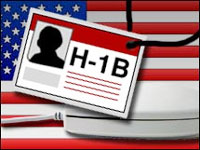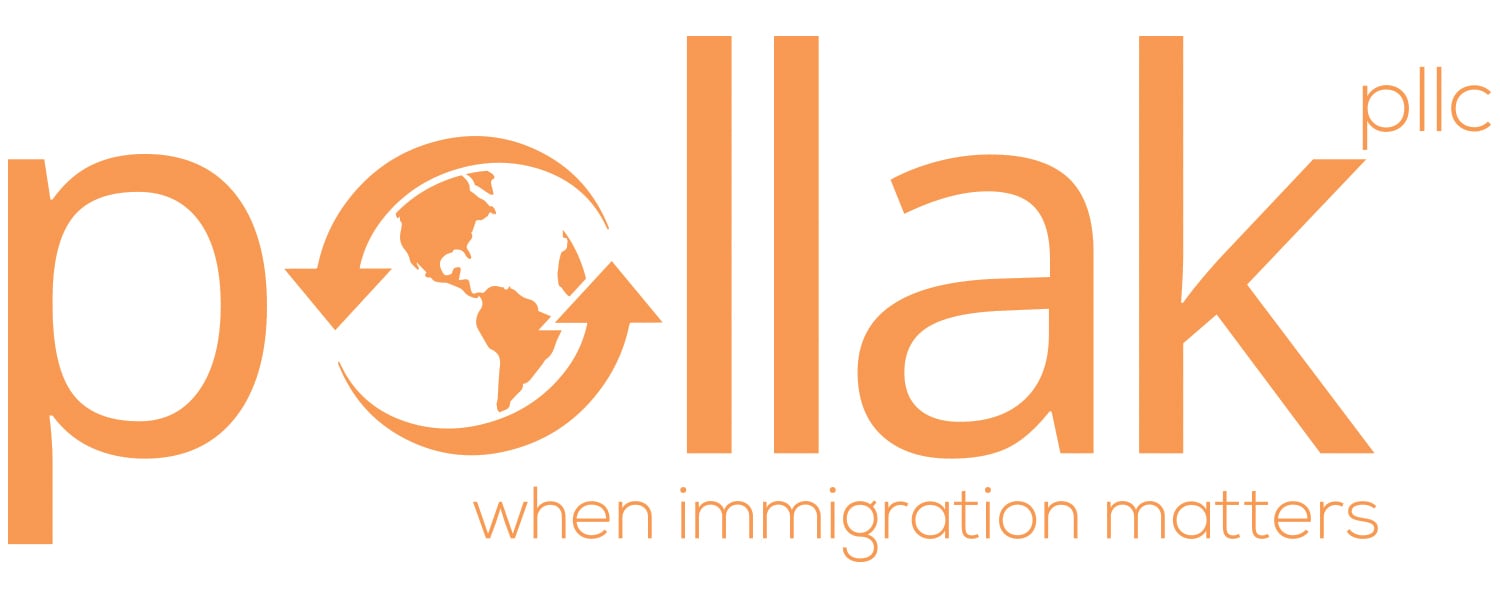 On April 1, 2012, the United States Citizenship and Immigration Service (USCIS) starts accepting H-1B visa applications for the 2013 fiscal year (which starts on October 1, 2012).
On April 1, 2012, the United States Citizenship and Immigration Service (USCIS) starts accepting H-1B visa applications for the 2013 fiscal year (which starts on October 1, 2012).
The H-1B visa program enables U.S. employers to hire highly educated foreign professional workers for “specialty occupations” — jobs that require at least a bachelor’s degree or the equivalent in the field of specialty. These foreign workers provide needed specialized or unique skills, fill a temporary labor shortage and/or supply global expertise. Holders of these visas can stay in theUnited Statesfor up to six years.
In 2008, U.S. Citizenship and Immigration Services (USCIS) received approximately 163,000 petitions during the five-day filing period and conducted a random lottery to select the 65,000 petitions that would be eligible for processing. In 2007, the USCIS reached its H-1B visa quota in one day. Last year, with the down turn in the economy, the cap was only reached in November. Although we keep hearing about economic recovery, we do not expect the crazy rush of past years.
That does not mean prudent employers should not start planning ahead. There are certain aspects of the application process which are beyond the employer’s control which may delay the timely filing of an application. First, obtaining a certified Labor Condition Application (LCA) is no longer immediate upon submission online. The LCA contains several attestations by the employer including an attestation that they will pay the H-1B employee the prevailing wage for the job position.
Now employers have to submit the LCA to the Department of Labor and wait up to seven days if not longer to obtain an approved LCA. Many employers have already experienced delays in obtaining an approved LCA where the Department of Labor cannot verify the employer’s tax identification number and requests additional documents before providing an approved LCA.
USCIS will also continue to use its web-based tool Validation Instrument for Business Enterprise (“Vibe”). This tool uses public information including Dunn & Bradstreet reports and previously accumulated third-party data to validate data about Petitioners filing employment-based immigrant and non-immigrant petitions.
Careful consideration should be given to employees in Optional Practical Training (OPT) status that may expire in May or June 2012. In past years, Congress provided relief in the form of a “cap-gap” to allow an employee who has an H1-B approved at the time that their OPT expired to stay and work in the United States until October 1 when they could first work in H-1B status.
Employers may also be able to extend OPT for Science, Technology, Engineering and Mathematics students (STEM). However, in order to be eligible for these extensions, employer must be registered with E-Verify.
WHY THE H-1B VISAS CUT-OFF?
H1-B visas are limited to 65,000 per year. However, certain cases are exempt from the cap. This numerical limit is further reduced by free trade agreements that specifically allocate 6,800 H1-B visas for nationals ofSingaporeandChilemaking only 58,200 visas available in the standard H1-B pool. After the H1-B cap is reached, private employers cannot hire new temporary professional workers in H1-B status for the 2013 fiscal year.
WHO IS EXEMPT FROM THE H1-B CAP?
The following cases are exempt from the H1-B cap: 1) extensions for current H1-B workers, whether for a new or existing employer in sequential employment situations; 2) concurrent employment in a second H1-B position; 3) amended petitions; 4) H1-B employment for nationals of Chile or Singapore, 5) petitions for new employment at an exempt organization such as a nonprofit research organization, an institution of higher education or an affiliated non-profit entity and 6) 20000 H1-B visas for graduates of U.S. universities who have earned a Master's or higher degree.
MAKING THE H1-B CUT-OFF FOR FY 2013
The diligent employer will be well-served in starting to consider their employment needs for the upcoming fiscal year. Because the USCIS generally works on petitions in the order they were received, it may be worthwhile to pay the extra $1,225.00 premium processing fee to have your H1-B visa applications adjudicated in fifteen days.
For more information visit our immigration website at www.immigrationbn.com

